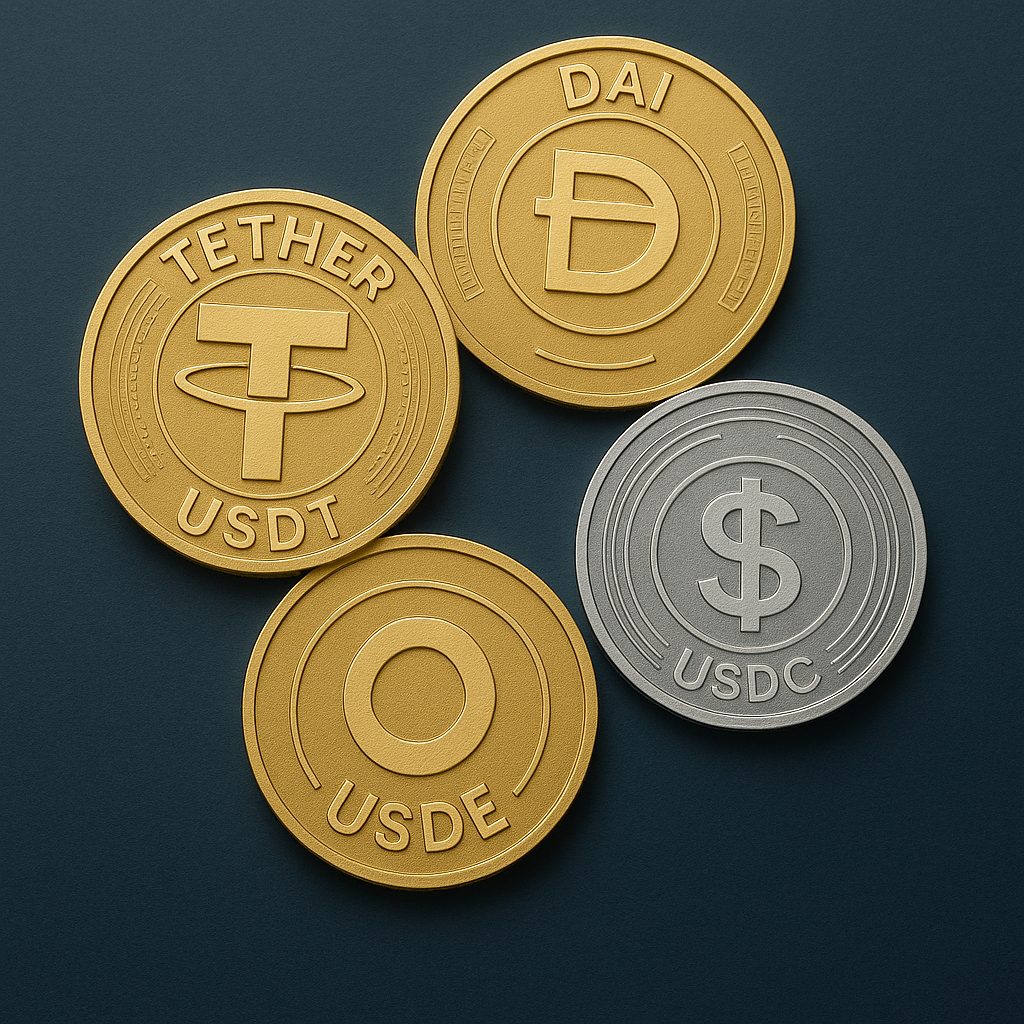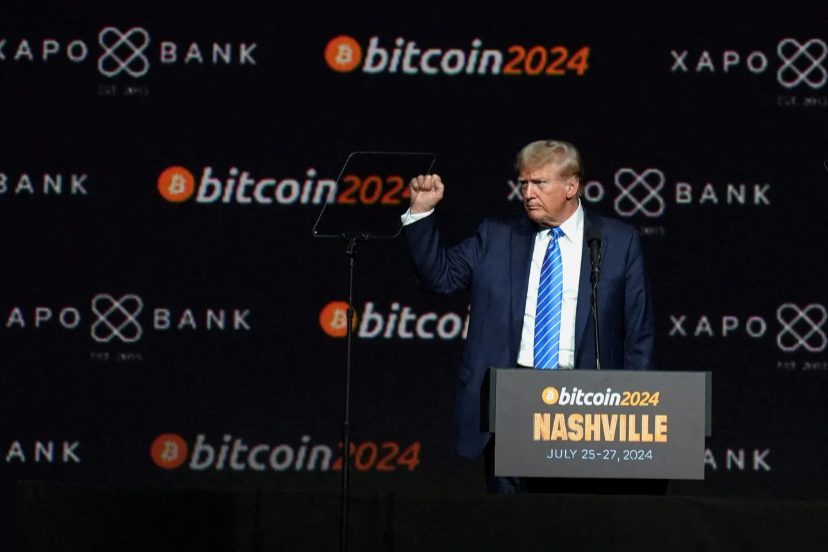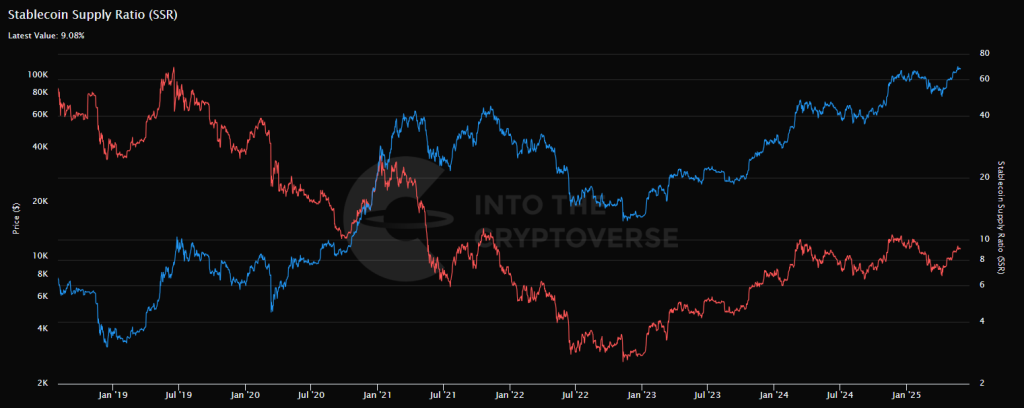Stablecoin Regulations: The GENIUS Act and the Future of Digital Finance
The New Threshold of Digital Finance
As of 2025, digital assets, especially stablecoins, are rapidly shifting from the periphery to the center of the traditional financial system. This transformation is not only a technological evolution; it also means the reconstruction of the financial infrastructure, monetary policies and global economic balances.
The US claims to be not only an adaptor but also a guiding actor in this transformation process. One of the cornerstones of this vision is the bill titled “Guiding and Establishing National Innovation for US Stablecoins Act” (GENIUS Act), introduced by Senator Bill Hagerty in February 2025. The regulation in question aims to make stablecoins a permanent component of the financial system.

What Does the GENIUS Act Aim?
The GENIUS Act provides the first comprehensive federal regulatory framework for stablecoins in the US The bill defines stablecoins as “payments stablecoins,” and requires them to be backed 1:1 by high-quality liquid assets, such as U.S. dollars or Treasury bonds. This is a critical step toward both price stability and increasing user confidence.
It also splits the regulatory landscape into two levels:
- Issuers with a market capitalization over $10 billion would be overseen by the Federal Reserve and the Office of the Comptroller of the Currency.
- Smaller issuers would operate at the state level but under rules consistent with federal standards.
Algorithmic stablecoins are proposed to be banned entirely. In light of the lessons learned from previous crises such as Terra/Luna, this step is considered a critical safety measure to preserve market stability and protect investors.

Effects Restructuring the Financial Architecture
The GENIUS Act not only regulates digital assets; it also has the potential to initiate a structural transformation in the US financial architecture.
The Boundaries Between Banks and Fintechs Are Blurring
The proliferation of stablecoins makes it possible to provide traditional banking services (deposits, transfers, etc.) more faster, lower-cost and transparent via blockchain infrastructures. This is leading to a deeper integration of technology companies into the financial system.
The ability of fintech companies to act as “digital banks” is radically changing the player profile of the financial system. While the GENIUS Act attempts to clarify the responsibilities of this new hybrid structure, the nature of systemic risks is also changing in this process. Now, a software error or cyber attack can affect not only individual users, but the entire system.
| History | Development |
| February 4, 2025 | Senators Bill Hagerty, Tim Scott, Kirsten Gillibrand and Cynthia Lummis introduced the GENIUS Act to the Senate. |
| March 13, 2025 | The Senate Banking Committee approved the bill by a vote of 18-6. |
| May 8, 2025 | The Senate failed to advance the bill by receiving the required 60 votes. |
| May 19, 2025 | The Senate voted to continue the debate on the bill, allowing it to advance. |
| May 20, 2025 | The Senate passed the bill by a vote of 66-32. |
| May 22, 2025 | Democratic senators began opposing the bill due to Trump’s crypto connections. |
| May 29, 2025 | The bill is expected to be discussed in the House of Representatives. |
The Global Power of the Digital Dollar
The bill also aims to strengthen the global reserve currency status of the US dollar in the digital age. Because the vast majority of stablecoins are backed by dollars, and through these assets, the global circulation of the dollar becomes faster, more accessible and border-free.
Especially in developing countries struggling with high inflation, stablecoins facilitate individuals’ tendency to dollarize. This both increases the demand for dollars and places the US’s global economic influence on a new, technology-based basis.
New Risk Areas and Regulatory Challenges
Like every financial innovation, stablecoins also create new risk areas:
- Liquidity Risk: The loss of value of assets held in stablecoin reserves may cause users to make mass withdrawals.
- Cybersecurity Risk: Smart contracts and digital wallets may become weak links in the system.
- Cross-Contamination Risk: Stablecoin systems integrated with traditional finance may lead to crypto asset crises directly spreading to the banking system.
The GENIUS Act introduces strict rules and more regulatory oversight to the collateral structure against these risks. However, given the rapid pace of technological change, the risk of legislation becoming outdated and gaps forming remains valid.
Political and Economic Tensions
The GENIUS Act is being debated not only on economic but also political grounds. While the Republican wing argues that this regulation will strengthen the US’s digital finance leadership, some Democrats are particularly concerned about consumer protection and conflicts of interest.
While names such as Senator Elizabeth Warren state that the bill is not sufficiently protective, President Donald Trump’s support for stablecoin projects also brings with it political and ethical debates. The stablecoin called USD1, which is alleged to be related to the Trump family, and the company behind it, World Liberty Financial, are at the center of these discussions.
Future Perspective: A New Financial Era?
The GENIUS Act could be a milestone in shaping the US’s digital finance vision. If enacted, stablecoins are expected to rapidly spread in both individual use and corporate finance processes.

According to the statements of US Treasury Secretary Scott Bessent to the House Financial Services Committee, the growth of the stablecoin market could increase the demand for US Treasury bonds to up to $ 2 trillion in the coming years. Bessent emphasized that the integration of digital assets into the US economy is accelerating and that stablecoins can add a new layer of resilience and liquidity to this market by increasing the structural demand for government bonds.
The main source of this demand is that stablecoin issuers support their reserves with short-term treasury bonds. For example, Tether holds approximately $120 billion in short-term treasury bonds as of the end of March 2025, while Circle has over $22 billion in its reserves. This trend is causing digital assets to become even more intertwined with the US debt markets.

In light of these developments, it was claimed that major banks such as JPMorgan, Bank of America, Citigroup and Wells Fargo have started work on their own stablecoin projects. According to the news shared by WSJ, A stablecoin study has been launched under the leadership of 4 major banks, which will also include other banks. Although the process is still in the evaluation phase, it can be considered as a preview of the Genius Act’s impact on the stablecoin market.
New Dynamics of Digital Finance in the Light of SSR Data

In light of this information, in a process where the Stablecoin market is growing in this way, in order to show what the process and this growth mean for crypto assets, SSR data and We also wanted to show you what kind of changes the growth potential of stablecoins can create in crypto assets.
Stablecoin Supply Ratio (SSR) data has become an important indicator of the digital finance ecosystem by measuring the purchasing power of stablecoins against Bitcoin. According to May 2025 data, the SSR being at 9.02% shows that stablecoins have a serious purchasing effect on Bitcoin. While this reflects the increasing usage area and market impact of stablecoins, it also reveals how critical the timing of regulations such as the GENIUS Act is.
SSR data is calculated by dividing the Bitcoin market value by the total market value of stablecoins. Periods when the data is low or when it enters a downtrend are evaluated as the purchasing power on Bitcoin and crypto assets is growing. For this reason, it is expected that the stablecoin market value, which will gradually grow with Genius ACT, will create a greater purchasing power on Bitcoin and other crypto assets and increase inflows to crypto assets.
Conclusion: The Gateway to the Digital Future
The GENIUS Act is much more than a technical regulation; it is part of the US’s strategy to maintain global financial leadership in the digital economy era. The implementation of the regulation could make stablecoins the cornerstone of the financial system.
This transformation will trigger a multi-layered change, from the structure of banking to the role of central banks, from the effectiveness of monetary policies to the money usage habits of individuals. However, how this transition to the new digital order will be managed must be the product of a visionary economic strategy, not just laws.